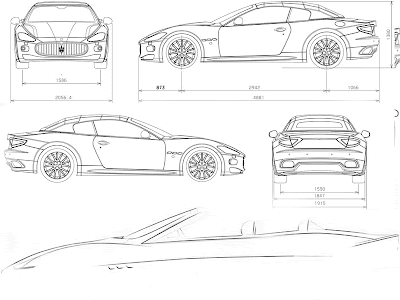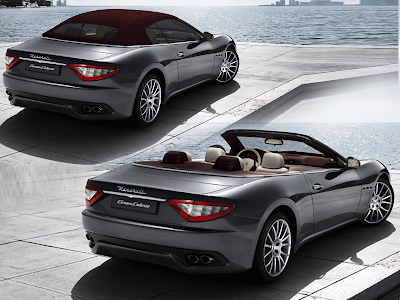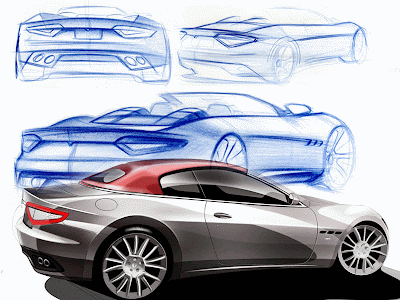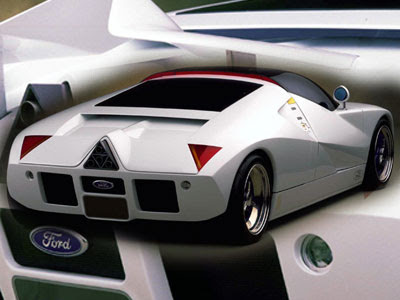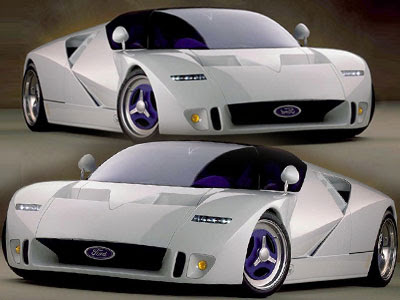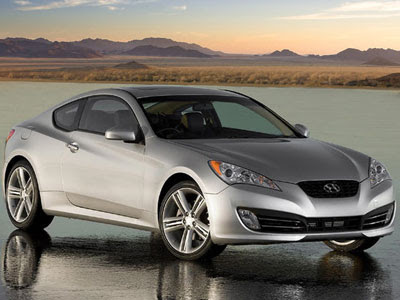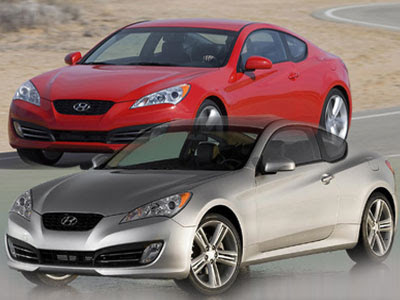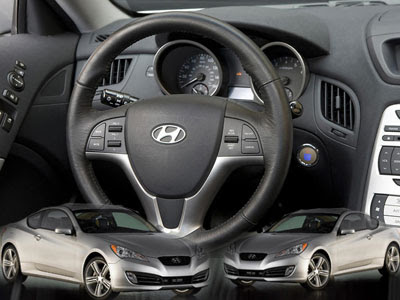2011 Maserati GranCabrio Sports Car
The Maserati GranCabrio will make its debut on September 15 at the upcoming Frankfurt Motor Show. The Maserati GranCabrio is a four-seat convertible that promises to offer enough space for all its occupants, completes Maserati’s product line-up that now consists of three different families of models: Quattroporte, GranTurismo, GranCabrio.
2011 Maserati GranCabrio Sports Car
The open-top Maserati GranCabrio is pure Maserati. It is a Maserati in the truest sense, with an unmistakable Pininfarina design, spacious interior, handcrafted details, driving pleasure and high performances. The Maserati GranCabrio touches all five senses in an open-air experience that retains all the typical comfort and performance brio. Like all Maserati's open-top models, the Maserati GranCabrio is a special car intended for true connoisseurs.
2011 Maserati GranCabrio Sports Car
The Maserati GranCabrio continues in the footsteps of the Maserati tradition in open-top models, and adds to a line-up of models that has made the history of the Modena manufacturer, such as the 1950 A6G Frua Spyder, the 3500GT Vignale Spyder (1960), the Mistral Spyder (1964), the Ghibli Spyder (1968) and the 2001 Maserati Spyder, the car Maserati chose for his comeback to the United States.
2011 Maserati GranCabrio Sports Car
True to its tradition, the Maserati GranCabrio yet opens a new chapter, because never before have four-seater top-down models been produced at the Viale Ciro Menotti Maserati factory in Modena. There are four proper seats are provided, so that the rear passengers are not merely supporting actors, but co-stars of the journey.
2011 Maserati GranCabrio Sports Car
The Maserati GranCabrio is powered by a 4.7 liter V8 engine paired with the fluid 6-speed automatic transmission. In Sport mode, the V8 gives the driver and passengers the full power of its 323kW, with a thrilling roar that becomes even more exciting with the top down, as it becomes one with its surroundings.





















